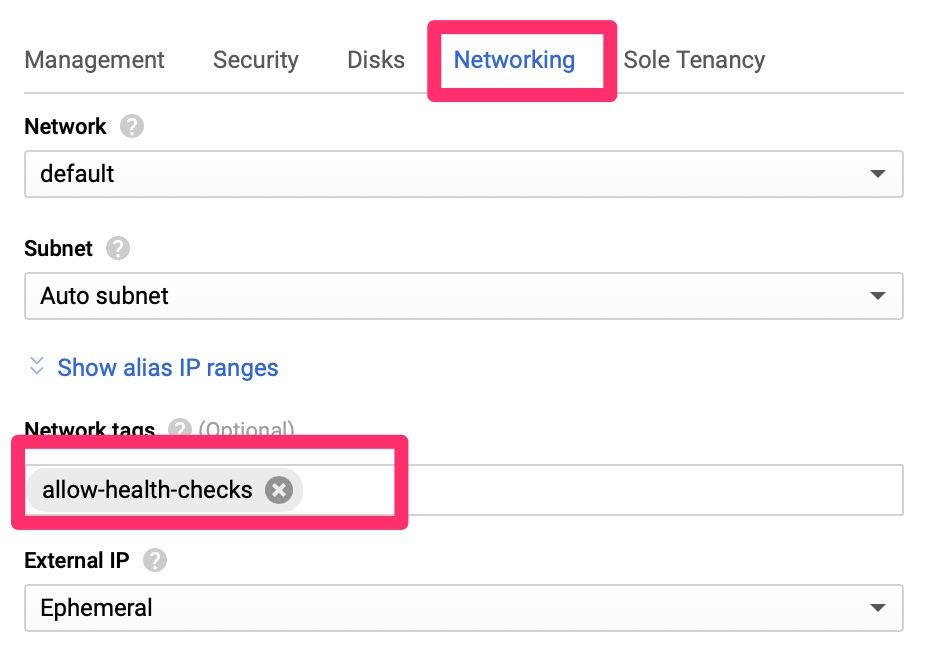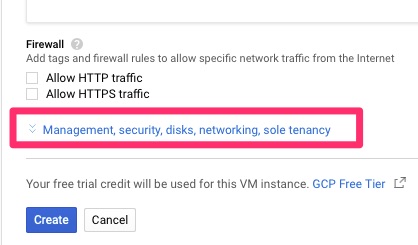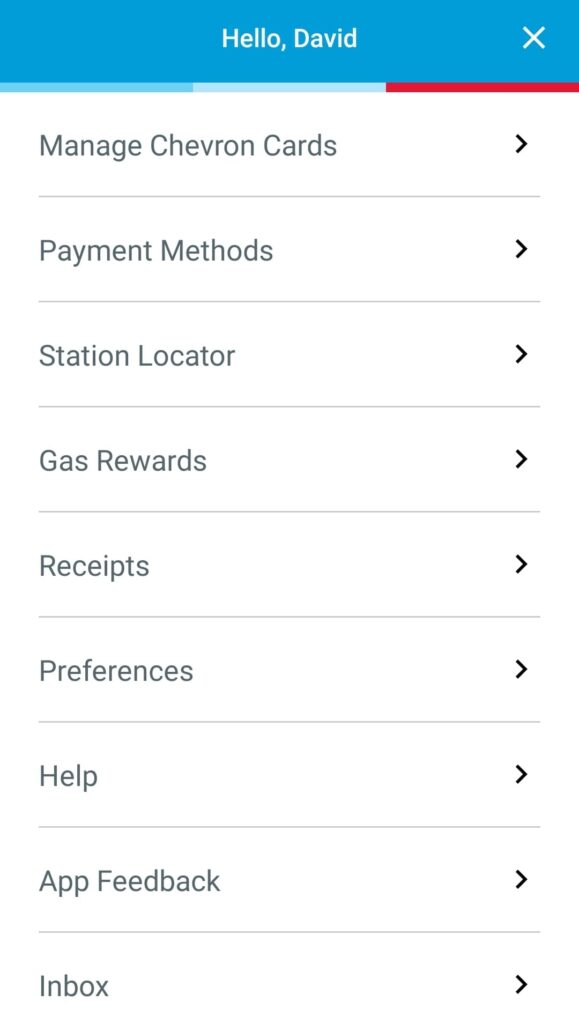Summary
I was writing an SSL Certificate Decoder ( https://tools.woohoosvcs.com/certdecoder/ ) and came across an interesting problem. I wanted to validate a certificate chain but had some difficulty figuring it out. The problem was that I needed to find the most child certificate in a seemingly random list of certificates. What I am calling the most child certificate is the one at the bottom of the chain that is issued but does not issue one of its own. Users can provide the cert chain in any order so we cannot relay on the order they are submitted for this tool.
SSL Certificate Chains
To understand the problem, one needs to understand an SSL Certificate Chain. When traversing a chain, each certificate is an individual certificate. How they are linked is by their issuer. There is a subject section about the certificate itself and then an issuer section which indicates the certificate authority certificate that issued that. It goes all the way up until you hit a root certificate. The root certificates sign themselves.
Here you can see the cert chain for this site. The SAN or alternate names that allow tools.woohoosvcs.com be valid are further down below this screenshot.

Recursion
It had been a few decades since I sat in a Computer Science class but I do remember a few control structures. One of which was recursion. Recursion can be a difficult concept to grasp and an even more difficult concept to implement. Golang has an example of this here. At a high level a recursive function is one that calls itself. The call stack gets nested in each layer. In the case that you do not know how many certificates and iterations you need to go through to find the chain, recursive functions help with this. Alternatively you would have to use multiple layers of “for” loops to iterate through, matching the current cert against one that may be a child. In a past life I may have implemented a few layers of “for” loops to statically account for the most common scenarios.
Recursion can be tricky and if you do not use it right, it can involve stack overflows if the function indefinitely calls it self. The key to a good recursive function is a way out. It needs to be able to exit without continuing to call itself forever. There are also limits based on the platform as to how deep you can go in this recursion. Your platform will have a limit at which point an exception or error is thrown.
For a much better description of recursion you can read the Wikipedia article here – https://en.wikipedia.org/wiki/Recursion_(computer_science)
The Code
It is still a work in progress but after iterations of playing with linked lists, multiple for loops, this is what I landed on.
func findChildOfCert(certs []x509.Certificate, cert x509.Certificate) x509.Certificate {
if len(certs) <= 1 {
return cert
}
result := cert
for _, item := range certs {
if item.Issuer.CommonName == cert.Subject.CommonName {
return findChildOfCert(certs, item)
}
}
return result
}It is kicked off in a parent function via
childCert := findChildOfCert(cs, cs[0])Where cs is a slice (Golang speak for array) of certificates much like “certs” in the recursive function. We pass it the list of certificates and the very first one.
On the first call it checks to see if this certificate issued any others in the list. If so, it calls the function again with the issued certificate( more child than the current ) and does the process over again.
When it cannot find a certificate issued by the currently iterated certificate (most child record), the for loop exits and it simply passes the original cert that the function was called with. At that point, the stack completely unwinds, passing the “answer” certificate all the way down. That result is provided to the childCert variable.
Validating the Cert
Golang provides a few options for validating the cert. Once you have the most child certificate, you can do something like the below.
for i := range cs {
if !cs[i].Equal(&childCert) {
roots.AddCert(&cs[i])
}
}
opts := x509.VerifyOptions{
Intermediates: roots,
}
opts2 := x509.VerifyOptions{
Roots: roots,
}
if _, err := childCert.Verify(opts); err != nil {
status = append(status, "Not Trusted By Root - failed to verify certificate: "+err.Error())
} else {
status = append(status, "Trusted Chain")
}
if _, err := childCert.Verify(opts2); err != nil {
status = append(status, "Not Valid(contiguous) - failed to verify certificate: "+err.Error())
} else {
status = append(status, "Valid Chain")
}I load up a “roots” slice of the roots provided. I also exclude the child certificate from this. From there I perform two validations. One that the chain is trusted, meaning it rolls up to one that is trusted by the source used. The other validation is that the chain is valid. Is there continuity in the chain or is it broken. A chain can be valid but un trusted. Knowing the difference may help you in a rare case.
Stack Overflow
I actually found a stack overflow doing a regression test with a self signed certificate. The code above actually ended up comparing the certificate to itself over and over again and trying to keep going down the rabit hole. It ended up with the following
runtime: goroutine stack exceeds 1000000000-byte limit
fatal error: stack overflow
runtime stack:
runtime.throw(0x1332651, 0xe)
/usr/local/go/src/runtime/panic.go:774 +0x72
runtime.newstack()
/usr/local/go/src/runtime/stack.go:1046 +0x6e9
runtime.morestack()
/usr/local/go/src/runtime/asm_amd64.s:449 +0x8f
goroutine 24 [running]:
tools.woohoosvcs.com/certdecoder.findChildOfCert(0xc0000d6b00, 0x1, 0x1, 0xc0000b8800, 0x3da, 0x3ea, 0xc0000b8804, 0x2c2, 0x3e6, 0xc0000b89a0, ...)
tools.woohoosvcs.com/certdecoder/certdecoder.go:180 +0x1d0 fp=0xc020114ef8 sp=0xc020114ef0 pc=0x128a210
tools.woohoosvcs.com/certdecoder.findChildOfCert(0xc0000d6b00, 0x1, 0x1, 0xc0000b8800, 0x3da, 0x3ea, 0xc0000b8804, 0x2c2, 0x3e6, 0xc0000b89a0, ...)
tools.woohoosvcs.com/certdecoder/certdecoder.go:184 +0x1a3 fp=0xc020116920 sp=0xc020114ef8 pc=0x128a1e3
tools.woohoosvcs.com/certdecoder.findChildOfCert(0xc0000d6b00, 0x1, 0x1, 0xc0000b8800, 0x3da, 0x3ea, 0xc0000b8804, 0x2c2, 0x3e6, 0xc0000b89a0, ...)
tools.woohoosvcs.com/certdecoder/certdecoder.go:184 +0x1a3 fp=0xc020118348 sp=0xc020116920 pc=0x128a1e3Luckily my unit testing caught this and this would have never gone to production due to that unit testing. If you’re not sure what unit testing is check out my article Unit Testing Golang on App Engine. The fix was simple though in that to make sure my recursive function doesn’t compare a cert to itself using the .IsEquals() function
Final Words
In this we walked through a useful use case for recursion and the background of the technology that needed it. I even provided some of the errors that happen when you fail to use recursion properly as I accidentally did!























